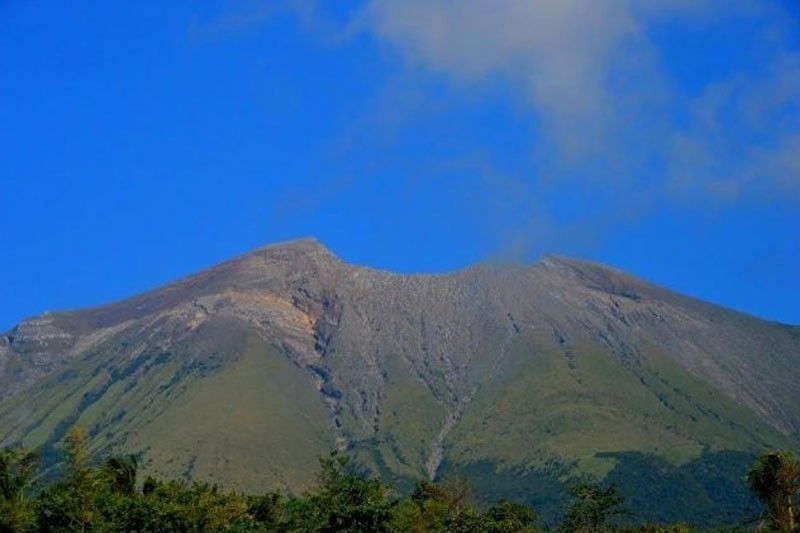Highest emission logged at Kanlaon

BACOLOD CITY, Philippines — The Philippine Institute of Volcanology and Seismology recorded an elevated volcanic sulfur dioxide (SO2) gas emission from the crater of Kanlaon Volcano in Negros Island on Friday.
Phivolcs logged an average of 5,397 tons of volcanic SO2 emission – the highest since instrumental gas monitoring began.
In an advisory, Phivolcs said that while Kanlaon has been degassing increased concentrations of volcanic SO2 this year – with an average rate of 1,897 tons per day – the emissions since the June 3 eruption has been particularly elevated at a current average of 3,175 tons per day.
It also said that the volcanic earthquake activity – an average of 10 events per day – has persisted since the eruption.
“Ground deformation data from continuous GPS and electronic tilt measurements have been recording medium-term inflation of the Kanlaon edifice since March 2022 and a shorter-term inflation of the eastern flank since 2023, indicating slow but sustained pressurization within the volcano,” Phivolcs reported.
These overall monitoring parameters indicate that magmatic processes beneath the volcano “may be driving current unrest, causing persistently high concentrations of volcanic gas emission, swelling of the edifice, and the occasional volcanic earthquake activity,” the advisory also read.
Phivolcs reminds the public that Alert Level 2, or increasing unrest, still prevails over Mount Kanlaon.
“This means that there is current unrest driven by shallow magmatic processes that could eventually lead to explosive eruptions, or even precede hazardous magmatic eruption at the summit crater,” Phivolcs said.
Entry into the four-kilometer-radius Permanent Danger Zone (PDZ) is prohibited so as to minimize risks from volcanic hazards, such as pyroclastic density currents, ballistic projectiles and rockfall.
Majority of 9,000 residents affected by the Kanlaon phreatic eruption on June 3 had returned to their respective homes, with 51 families, composed of 116 individuals, who are residing at the permanent danger zone, still staying at the evacuation center in La Castellana town in Negros Occidental.
Safe water supply
Meanwhile, the lack of potable water supply remains a problem to thousands of families affected by Kanlaon’s phreatic eruption, the Department of Health (DOH) in Western Visayas reported.
Dr. Adriano Suba-an, DOH Western Visayas regional director, said the agency transferred its mobile water treatment plant from La Carlota City to La Castellana to help resolve the problem faced by residents severely affected by the eruption.
Suba-an said the move is to ensure people are going to have water that is safe for drinking and prevent a possible outbreak of diarrhea.
Gov. Eugenio Jose Lacson discouraged town residents from using their regular sources of water, until such time tests would prove it is already safe to use.
The DOH continues to monitor the potability of water in the town, noting that the eruption could have contaminated the water sources. — Romina Cabrera
- Latest
- Trending






























